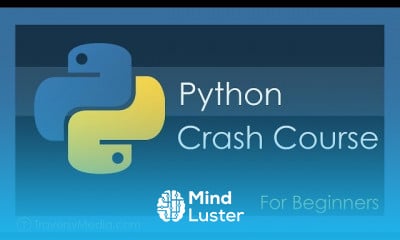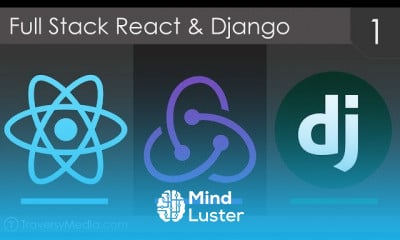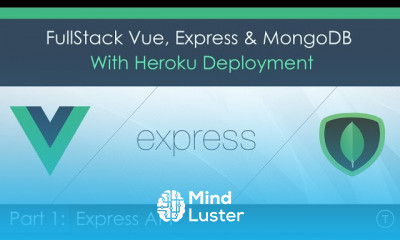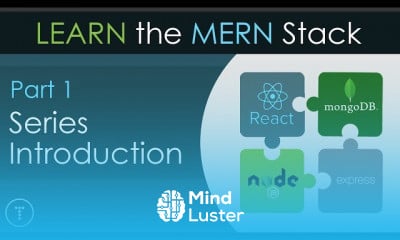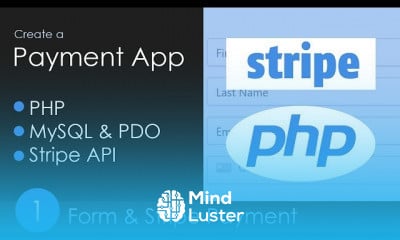WebSockets using Socket io Tutorial 4 Emitting Messages
Share your inquiries now with community members
Click Here
Sign up Now
Lessons List | 5
Lesson
Comments
Related Courses in Programming
Course Description
WebSocket is a computer communications protocol, providing full-duplex communication channels over a single TCP connection. The WebSocket protocol was standardized by the IETF as RFC 6455 in 2011, and the WebSocket API in Web IDL is being standardized by the W3C. WebSocket is distinct from HTTP.A WebSocket is a persistent connection between a client and server. WebSockets provide a bidirectional, full-duplex communications channel that operates over HTTP through a single TCP/IP socket connection. At its core, the WebSocket protocol facilitates message passing between a client and server.WebSocket is a protocol providing full-duplex communication channels over a single TCP connection. Where as, HTTP providing half-duplex communication. Means, server can push information to the client (which does not allow direct HTTP).Socket.IO was created in 2010. It was developed to use open connections to facilitate realtime communication, still a relatively new phenomenon at the time. Socket.IO allows bi-directional communication between client and server.Socket.io is an open-source library created by Guillermo Rauch. It is built with Engine.IO, which is a lower-level abstraction on top of WebSocket technology. The WebSocket API protocol was standardized in 2011.Usually, you would NOT want N socket.io servers each listening on a different port. ... This makes the server infrastructure transparent to the clients which means you can scale the servers up or down without changing the client behavior at all.
Trends
French
Graphic design tools for beginners
Artificial intelligence essentials
Formation efficace à l écoute de l
Essential english phrasal verbs
MS Excel
Build a profitable trading
Data Analytics Visualization Techniques
Electrical engineering for engineer
Python programming language
Build a tic tac Toe app in Xcode
YouTube channel setup
Computer science careers
Excel skills for math and science
Printing student ID cards with excel tools
Magento Formation Français
Learning English Speaking
English vocabulary with picture
Figma for UX UI design
American english speaking practice
Recent
Growing ginger at home
Gardening basics
Ancient watering techniques
Grow mushrooms
Growing onions
Veggie growing
Bean growing at home
Growing radishes
Tomato growing at home
Shallot growing
Growing kale in plastic bottles
Recycling plastic barrel
Recycling plastic bottles
Grow portulaca grandiflora flower
Growing vegetables
Growing lemon tree
Eggplant eggplants at home
zucchini farming
watermelon farming in pallets
pineapple farming






